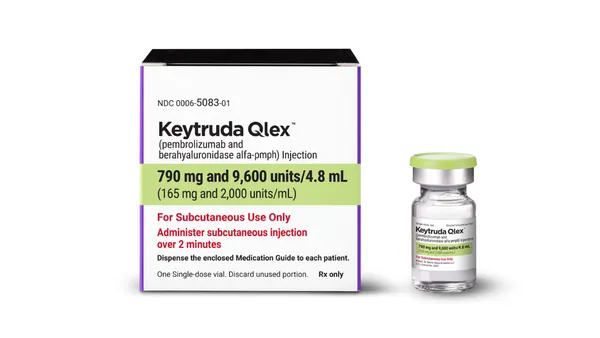Partnerships AmerisourceBergen Specialty Group Jan Heybroek President, Imedex Inc., an AmerisourceBergen Specialty Group company Strategies for Building Lasting Relationships with Supporters For supporters to truly have a strong bond with any CME provider there must be three main components within their approach to CME: sustained compliance, a strategic approach, and a proven impact on disease management. In medical education, successful operational execution of a live or enduring program is only one component of a comprehensive plan for creating and maintaining lasting relationships with all of the providers’ supporters. For supporters to truly have a strong bond with any continuing medical education (CME) provider there must be three main components within their approach to CME: sustained compliance, a strategic approach, and a proven impact on disease management. Sustained Compliance Any successful CME approach needs to start with an ethical and fully compliant provider that follows all the guidelines from legislation and industry. If there is a history of a strictly compliant CME program, then it builds an assurance level with supporters that each and every additional program produced is truly developed because of a strong educational need. Sustained accreditation from associations, such as ACCME, AACN and ACPE, shows that high-quality, balanced, and unbiased programs relevant to specific clinical topics will be produced successfully time and again. Strategic Approach to CME Any CME provider needs to show that a program fits into a long-term, well-conceived strategic plan for education in a specific therapy area. For example, a provider cannot just develop a live regional lung cancer meeting and expect it to cover the needs of all healthcare providers interested in lung cancer. Providers need to ensure that those people who prefer their CME at a live national or international conference have an opportunity to receive the same relevant content albeit in a modified format. Any program requires both a well-developed needs assessment and a deep understanding of what the targeted healthcare providers want, where they want it, and how they want it. A live regional lung cancer meeting may be able to address specific regionalized issues, but will not cover the entire scope that a live national or even international conference provides. The strategic approach does not just apply to live didactic events though. A provider needs to be able to be pliable in how it delivers educational content. If a majority of urologists in the United States convey through specific research that they want a Web-based, cases-focused program, then the provider needs to be able to develop such a program or direct its supporters to a provider that does. If lung cancer specialists prefer to receive their CME by CD-ROM then the provider needs to plan for that. By having a strategic approach, providers can show supporters that deep insight and long-term planning are a strong basis for lasting relationships. Proven Impact on Disease Management A strategic approach to CME and a sustained compliance record should include a more consistent measurement of impact. The providers of medical-educational programs should move beyond assessing the success of a program by the number and type of attendees or how many viewings of content there have been. Sustained impact of any program should be measured in changes to disease management and the improvement of healthcare delivered. Medical education that is proven to progress the treatment of a disease is the ultimate evidence to all stakeholders that a true educational need has been filled. This will provide the final building block of a lasting relationship between providers and supporters. Consistency and Dialogue Build Relationships Strong relationships are built on solid foundations, and all relationships require some flexibility to be successful. In the changed CME environment, consistency and compliance are even more important drivers of success. Today’s rules of engagement between supporters and CME providers have clearly been redefined and tightened. Many supporters have established new functional units and processes and approach CME much more at arm’s length. Supporters should look for providers with a long history of sustained compliance and in-depth knowledge to ensure that their support of a provider’s CME programs is beyond reproach. From a provider’s perspective, it is critical that the supporters of CME engage in a dialogue about the (perceived) strengths and weaknesses of the developed educational programs to ensure that future editions and new programs are as strong as possible. This maximizes the educational impact of future programs and further builds the relationships between providers and supporters. AmerisourceBergen Specialty Group, Addison, Texas, provides the comprehensive resources needed to effectively launch, market, support, and deliver specialty pharmaceuticals to providers and patients. For more information, visit absg.com. August 2006 VIEW on Medical Education
An article from


Strategies for Building Lasting Relationships with Supporters
Filed Under:
Commercialization









